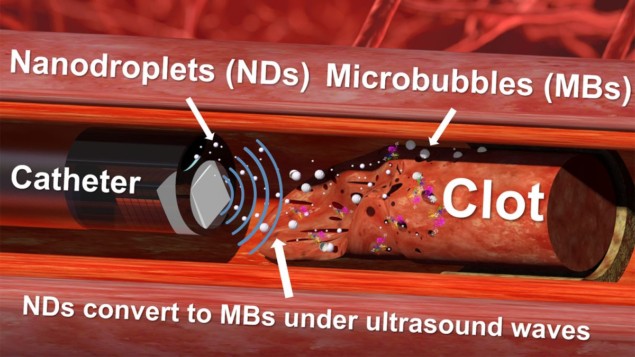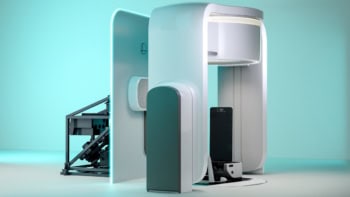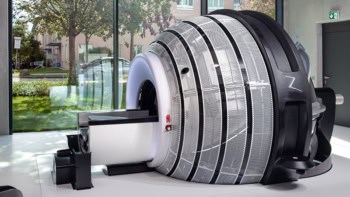
A precision “ultrasound drill” combined with specially engineered nanodroplets could soon be used inside the body to break up stubborn, impenetrable blood clots – according to Leela Goel, Xiaoning Jiang and colleagues at North Carolina State University. The team has done in vitro experiments demonstrating the technique, which if approved for clinical trials, could lead to promising new treatments for dangerous forms of thrombosis.
If blood clots do not break down quickly enough, they can retract over periods of several days, forming dense, non-porous clumps of cells. Each year, up to 600,000 people in the US alone can be affected by these clots – known as deep vein thromboses. In the past, their treatment has largely involved drugs that activate certain enzymes in the blood to break down the structures of the clots. However, the high drug doses and long treatment times required in this approach can cause significant damage in surrounding tissues.
More recently, a technique called sonothrombolysis has emerged. This uses ultrasound waves to cause microbubbles surrounding a clot to oscillate – enhancing both mechanical erosion and drug diffusion in the clot. However, this technique relies on large external ultrasound transducers, and cannot be used to treat veins that are obscured by ultrasound-blocking organs like the lungs or ribs.
Low boiling point
In their study, the North Carolina State team delivered nanodroplets to a clot created in an experimental apparatus. Because of their small size, the nandroplets easily penetrate retracted clots. Alongside the tube that delivers the nanodroplets is a catheter-based ultrasound “drill”, which produces precisely-aimed acoustic waves via a tiny, forward-viewing transducer.

3D-printed blood vessels reproduce patient clots
The nanodroplets are specially engineered to have a low boiling point. The small amount of energy delivered by the drill is enough to vaporize the nanodroplets forming gas-filled microbubbles that rapidly expand and contract. These oscillations break down the clot through the process of cavitation – the creation of microscale streams and jets that weaken the clot’s mechanical structure. At the same time, the vibrations open up holes in the clot that enable enzyme-enhancing drugs to penetrate more easily. This enhances breakdown even further, while avoiding the need for high drug doses and long treatment times.
Over 30 min timescales, they found that clot masses could be reduced by around 40% – much more than the 17% for treatments that combine ultrasound, microbubbles, and enzyme-activating drugs. Although the team’s approach is still a long way from entering clinical practice, their results suggest that a breakthrough in the treatment of deep vein thromboses could be just over the horizon.
The technique is described in Microsystems & Nanoengineering.



